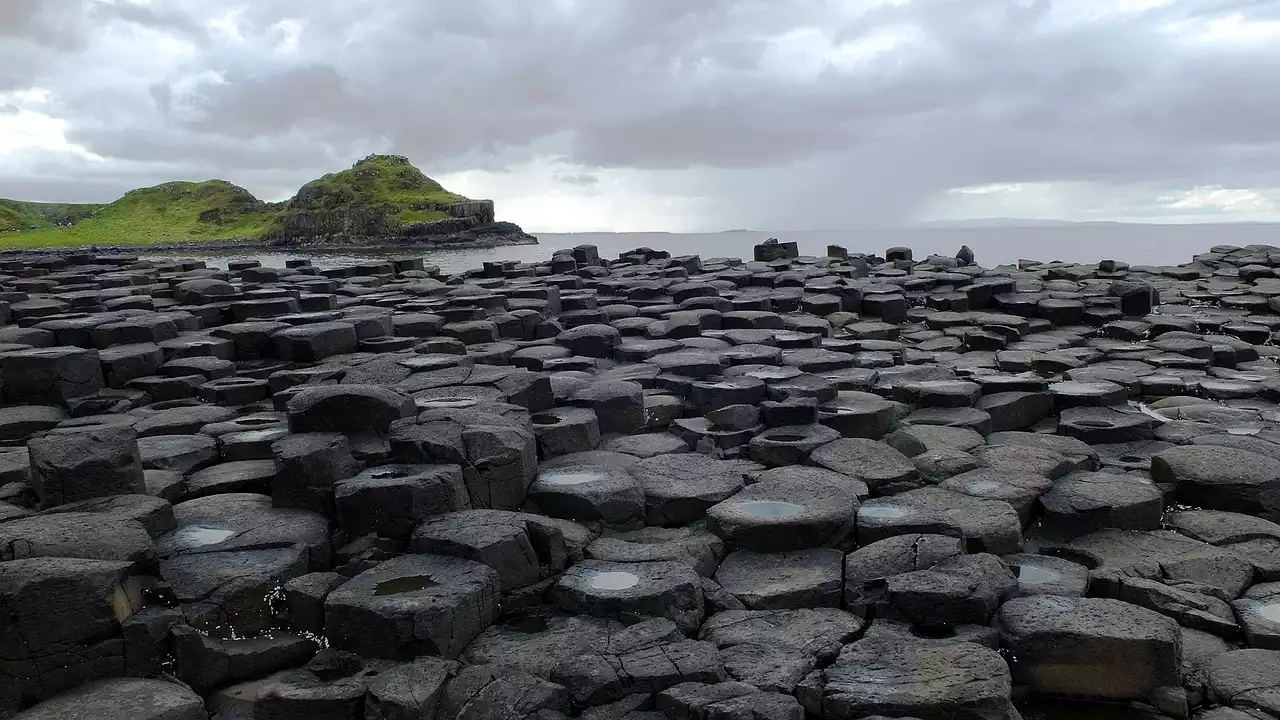There are many myths about what it means to be Scottish. Most people think of kilts, bagpipes, haggis and highland dancing when they hear the word, Scot. But Scotland is much more than just a cliché. The country has amazing natural beauty with rugged mountains, lush forests and breathtaking islands. The Giant’s Causeway is one of the most popular tourist attractions in Northern Ireland. It’s a large site that consists of 40,000 interlocking basalt columns formed millions of years ago by volcanic eruptions. There are many other sites like it worldwide, but the Giant’s Causeway is special because it can only be found here! There is also the great story of the mythical giant Fionn Mac Cumhaill attached to the history.
Why Is the Giant’s Causeway So Important?
The Giant’s Causeway is made up of hexagonal columns formed millions of years ago by volcanic eruptions. There are many other sites like it worldwide, but the Giant’s Causeway is special because it can only be found here! The Causeway means a lot to the local people because it attracts many tourists and brings great economic prosperity to the area. It is a very important symbol of Irish heritage, culture and tourism. It is also a UNESCO World Heritage site, which means it is recognized around the world as a special place. The Causeway is also special because it is a very fragile site, and it is in danger of being destroyed.
What is the Giant’s Causeway Made of?
The Giant’s Causeway is made of hexagonal columns of black volcanic rock. The columns are around 40-60cm wide and grow up to 9 feet tall. They have been formed by many years of natural erosion by water. They are made up of an iron-rich chemical called basalt. The columns formed millions of years ago and the lava flow that created them came from the same volcano as the one that created the nearby island of Staffa.
How Was the Causeway Formed?
During the Ice Age (around 10,000BC), the sea level was lower than it is today and Ireland was completely separated from Great Britain. A volcanic eruption occurred on the nearby island of Staffa and lava flowed across the land and onto the bed of the sea. As the lava cooled, it solidified into hexagonal columns. The natural currents of the sea caused the columns to break and fall, forming the hexagonal pattern we see today. The columns were pushed towards the shoreline of Northern Ireland, where they were forced up and out of the sea by the rising land. As they dried out they became very brittle and were then easily broken by the natural erosion from the sea.
Where Can You See The Causeway?
You can find the Giant’s Causeway in Northern Ireland. It is located about 1 hour and 15 minutes from Belfast and 30 minutes from Derry. It is very easy to find because it is situated right on the coast and there is a car park just a short walk away from the site. The Causeway is open all year round and is free to enter. Due to its special significance, it is protected and cannot be altered in any way. Special care is taken to keep it in the same condition as it was hundreds of years ago. The Giant’s Causeway is close to the town of Bushmills, where you can visit a whiskey distillery to see how whiskey is made. You can also take a drive to the Carrick-A-Rede Rope Bridge, which is one of the most popular tourist attractions in Northern Ireland.
Tourism
The Giant’s Causeway is visited by thousands of tourists every year. It is one of the most popular tourist attractions in Northern Ireland and is visited by people from all around the world. The site is open all year round, but you will need to take caution when visiting during the winter months as it is very exposed to the elements. It is best to visit in the spring, summer or autumn months. The site is owned and managed by National Trust, and entrance is free. There is a car park just outside the site where there is disabled parking and toilets. The site has many paths that are suitable for wheelchairs and prams. There is also a shop and cafe on site.
Conclusion
The Giant’s Causeway is a beautiful site that has great cultural significance. It is also very fragile and needs to be treated with great care. It is a very special place that is loved by both the Irish and the Northern Irish. It is a UNESCO World Heritage site and brings a lot of tourism to the area.


 What to Give Your Girlfriend on Valentine's Day
What to Give Your Girlfriend on Valentine's Day
 The 100 Best Singles of the 1990s
The 100 Best Singles of the 1990s
 The Golden Age of Hollywood
The Golden Age of Hollywood Zhangjiajie in China inspired The Hallelujah Mountains in the Movie Avatar
Zhangjiajie in China inspired The Hallelujah Mountains in the Movie Avatar The Biggest Natural Wonder in the World - The Great Barrier Reef
The Biggest Natural Wonder in the World - The Great Barrier Reef Mount Everest is the Highest and Most Extreme Natural Wonder of the World
Mount Everest is the Highest and Most Extreme Natural Wonder of the World Visiting Victoria Falls and the Zambezi River
Visiting Victoria Falls and the Zambezi River